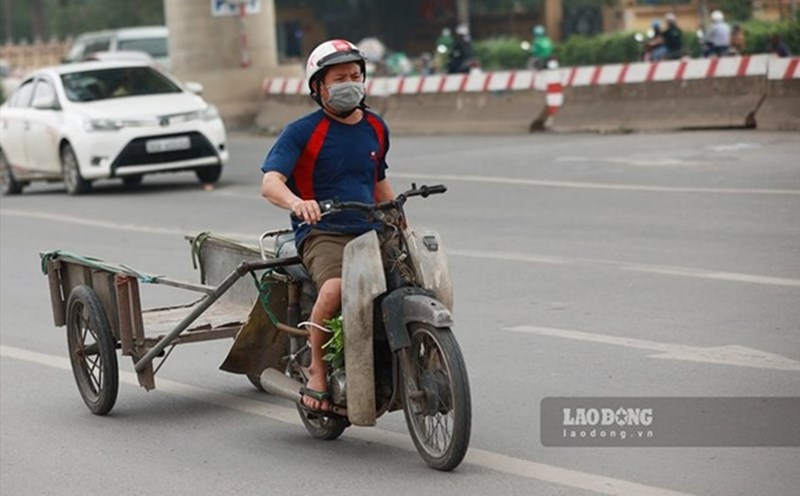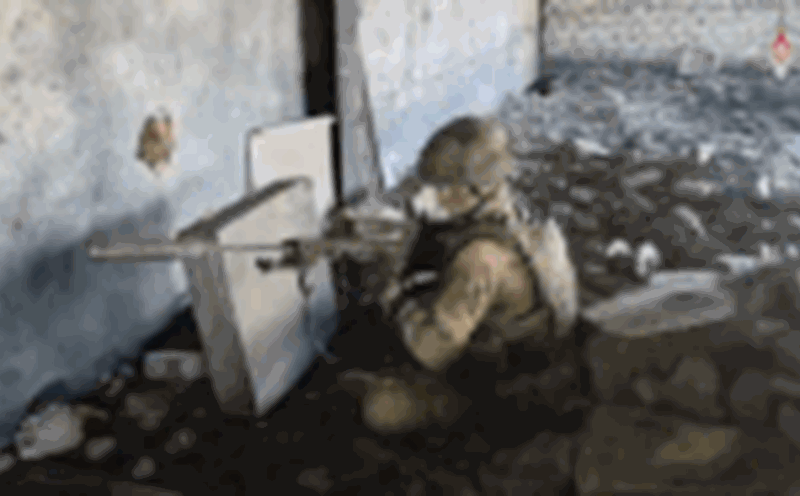In the report assessing the policy impact in the draft Decision of the Prime Minister regulating the roadmap for applying national technical regulations on emissions of motorbikes and mopeds participating in road traffic, the Ministry of Agriculture and Environment said that one of the main causes of air pollution is transportation activities, including the operation of road motor vehicles participating in traffic. Research results by some environmental experts show that the contribution rate of dust pollution from transportation activities ranges from 20% to 60%.
According to this Ministry, the regulation of the roadmap for applying QCVN on emissions for motorbikes and mopeds participating in road traffic will have positive and negative impacts. From July 1, 2027, emission testing will help improve the quality of the living environment, contribute to protecting public health, especially vulnerable groups (children, the elderly), and improve labor productivity through diseases related to air pollution.
Reduce indirect medical costs and economic losses due to diseases related to air pollution (respiratory, cardiovascular...) in the two cities. Create motivation for technological research for motorbikes and mopeds for businesses and motorbike manufacturing associations. Promote the development of electric vehicles while creating development opportunities for supporting industries (battery production, battery recycling, purchasing and recycling old motorbike components, etc.).
However, according to the Ministry of Agriculture and Environment, emission inspection will cause costs for people, especially low-income groups using used vehicles (before 2008) that do not meet standards, and may be forced to repair or replace new vehicles. incurring initial investment costs for inspection infrastructure (equipment, human resources, facilities) and administrative management.
If there is no suitable system to recall and treat old vehicles, pollution can arise from old vehicles that are not properly treated. Risk of overloading the inspection system in the early stages if there is no reasonable plan or timely communication.
Can cause social problems, causing social reactions if there is a lack of financial support policies, communication to raise awareness especially for the disadvantaged and low-income group in the inner city.
The Ministry also pointed out the negative impact in the next period from January 1, 2030, vehicle emission inspection will affect the group of people with vehicles that only meet Level 1, especially vehicles manufactured before 2008 - which may be forced to be eliminated, replaced or moved to other areas if they do not meet emission standards, but there has been a long time to prepare.
Vehicle waste will arise if the recovery - recycling process is not implemented and met in parallel, leading to secondary pollution or loss of recycling resources.
Vehicles that do not meet Level 2 can move to neighboring provinces that have not applied, causing local pollution.
Through analysis and assessment of the impacts of policies, the positive and negative aspects of solutions, the Ministry of Agriculture and Environment proposed to select the need to regulate the roadmap for applying QCVN on emissions for motorbikes and mopeds participating in road traffic as the optimal plan, which needs to be issued to protect public health, meet legal requirements, improve the environment and promote sustainable development.











